Virtual Reality (VR) headsets are intricate devices that rely on various technologies to deliver immersive experiences. One key component that often raises questions is the USB connection. How does it work? Why doesn’t it support certain features on PC as it does on consoles? Let’s dive into the technicalities and understand the role of USB in VR headsets.
SteamVR and the PCVR Ecosystem
SteamVR serves as a central platform for PC-based VR, supporting a range of headsets with various features. However, it’s essential to note that SteamVR itself doesn’t natively handle certain advanced functionalities like eye-tracking or haptic feedback. These features are typically processed by the headset’s proprietary software. For instance, Sony’s PlayStation VR2 (PSVR2) relies on the PlayStation 5 (PS5) for all processing tasks, including eye-tracking and vibration feedback. When adapting this headset for PCVR, Sony provides the basic capability for the headset to communicate with a PC and SteamVR but stops short of developing new software to manage these advanced features. This responsibility falls to the proprietary systems designed for each headset.
The HDR Challenge
One significant hurdle in adapting headsets like the PSVR2 for PCVR is High Dynamic Range (HDR) support. Sony’s implementation of HDR for the PS5 may use proprietary technology that doesn’t align with standard HDR gamuts (rec.2020). Despite using a USB-C connector, the PSVR2’s connection to the PS5 might involve proprietary compression techniques to handle the high bandwidth demands of its 4K resolution and HDR. Standard USB-C, particularly when adhering to general specifications, lacks the bandwidth for such high-resolution, high refresh rate, high-color-depth displays unless specific protocols like DisplayPort (DP) compression (DSC) are used. The absence of a DSC decoder in the headset for PC connections could result in a loss of HDR functionality due to insufficient bandwidth.
Eye-Tracking and Proprietary Software
Eye-tracking technology in VR headsets requires sophisticated processing, typically managed by the headset’s own software. This software runs concurrently with SteamVR, ensuring the eye-tracking data is correctly integrated into the rendering pipeline. Examples include Pimax and Oculus, where eye-tracking calculations are performed by the headset’s software, which then communicates with the rendering system. SteamVR doesn’t handle these calculations natively. Therefore, without dedicated Windows software from Sony, features like eye-tracking and haptic feedback won’t function on PCVR.
The USB-C Conundrum
USB-C is marketed as a versatile connector, but it encompasses multiple protocols, causing confusion among users. Although USB-C ports are ubiquitous, their capabilities vary widely. Many users mistakenly believe that any USB-C port can handle the high demands of VR headsets. In reality, only USB-C ports supporting DisplayPort Alt Mode or Thunderbolt have the necessary bandwidth for advanced VR functionalities. Most motherboards, especially those not in the higher price range, do not support these modes, leading to potential compatibility issues.
Nvidia attempted to standardize this with USB-C ports on their RTX 2000 series GPUs, supporting DP-Alt Mode, but it didn’t gain widespread adoption. Consequently, VR headset manufacturers face a dilemma: ensuring compatibility with a broad range of hardware without causing customer confusion and support issues. Companies like Pimax opt for full DisplayPort cables, while others like Oculus use USB-C connectors adhering to the more widely supported USB protocol.
The Future of USB and VR
The evolving nature of USB-C, with its multitude of protocols, mirrors the early days of technologies like NFC, which took time to gain widespread usability. As the industry moves forward, greater clarity and standardization may emerge, simplifying the landscape for end-users. Until then, understanding the limitations and capabilities of your hardware is crucial for a seamless VR experience.
In conclusion, the use of USB in VR headsets is a complex interplay of technology and standards. While USB-C offers the promise of a universal connector, the reality involves navigating various protocols and compatibility issues. For PCVR users, this means being aware of the specific requirements of their headsets and ensuring their systems are equipped to handle these advanced technologies.
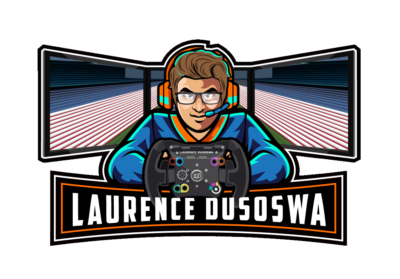
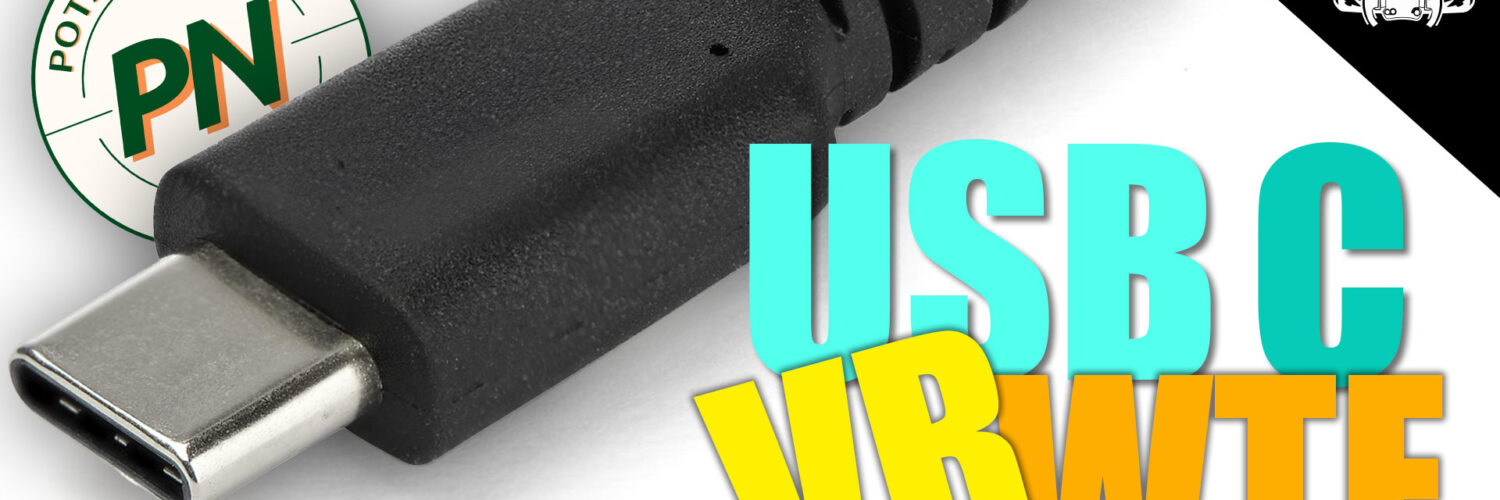





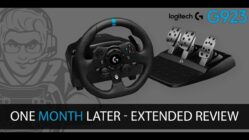
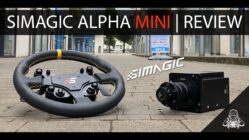

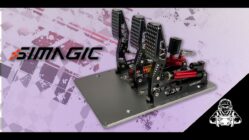
This had better been published on a Tuesday!